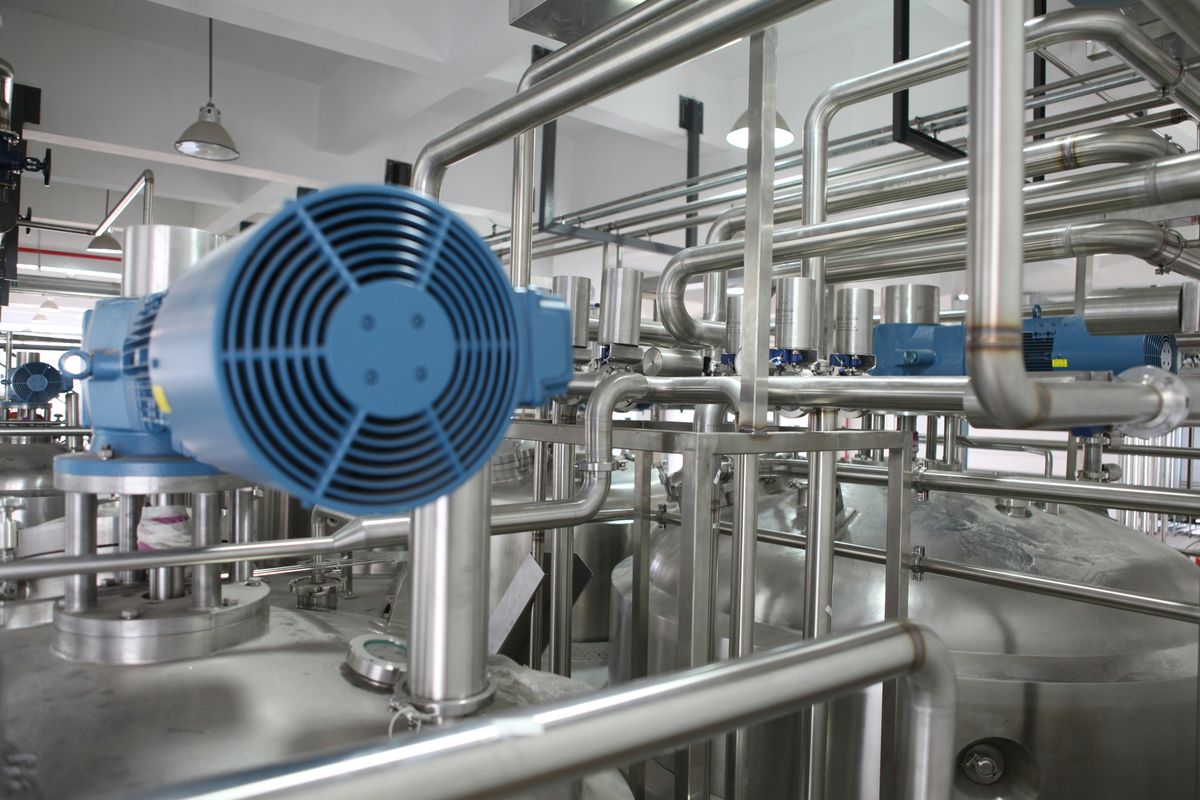Time-of-Day pricing boosts off-peak power usage as industrial sector leads energy optimization
Karachi consumers utilized over 100 million incremental electricity units under Bijli Sahulat package

Perturbed with high electricity costs, Pakistan’s industrial sector has seen robust adoption of Time-of-Day (ToD) pricing, an energy optimization mechanism that encourages off-peak usage.
Data issued by K-Electric suggests the industrial consumers led the way, utilizing 62.79 million kilowatt-hours (kWh) under ToD pricing, followed by commercial users with 12.07 million kWh and residential consumers with 8.14 million kWh, according to data from K-Electric.
Moreover, the industrial sector dominated the use of cheaper electricity during the winter months, saving billions in electricity costs. K-Electric data also revealed significant disparities in electricity consumption across sectors under the Bijli Sahulat package.
Industrial users consumed 62.90 million units, accounting for 60% of total usage, driven primarily by large-scale manufacturers.
The commercial sector followed with 22.36 million units, or 21.3%, while the residential sector accounted for 19.62 million units, or 18.7%. Nationwide, winter electricity demand exceeded 100 million units.
Introduced by Prime Minister Mian Shehbaz Sharif in November 2024, the Bijli Sahulat package aims to stimulate economic activity during the winter months by offering reduced electricity rates.
Running from December 2024 to February 2025, the package provides a flat rate of 26.07 Pakistani rupees (PKR) per unit for consumption exceeding benchmark levels, with additional tiered discounts for households and businesses. Industrial consumers can save up to 25% on electricity costs, while commercial and residential users benefit from lower rates for increased usage.
"By lowering energy expenses, we aim to support industries, small businesses, and households while encouraging optimized power consumption," a government spokesperson said.
Karachi, Pakistan's industrial hub, emerged as the package's largest beneficiary, with significant contributions from large-scale manufacturers and mid-sized consumers (25 kW to 5,000 kW). Analysts have highlighted the program’s role in improving cost efficiency and sustaining production during the winter season.
"Reduced tariffs during off-peak hours have allowed factories to optimize operations," said a representative of the Karachi Chamber of Commerce.
The government plans to evaluate the package’s impact on energy conservation and economic growth after its conclusion in February 2025. Experts have suggested expanding similar initiatives to other regions to boost year-round industrial output.
Popular
Spotlight
More from Business
Britain and India clinch major trade deal in 'new era' of Trump tariffs
London and New Delhi seal trade deal after 3 years, aiming to boost bilateral trade by £25.5bn ($34bn) by 2040













Comments
See what people are discussing